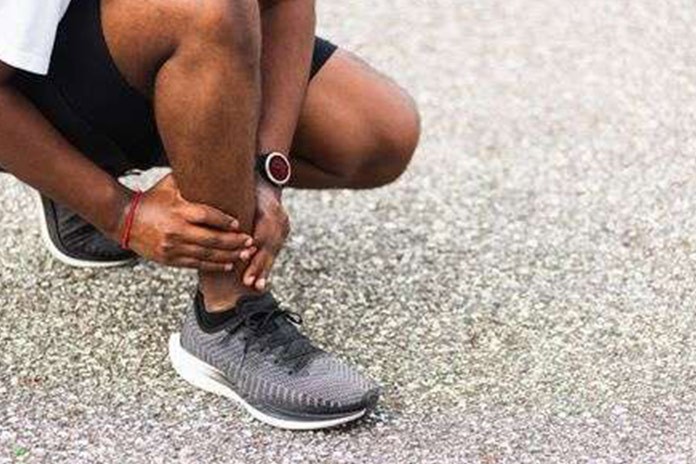Muscle spasm in the back commonly accompanies pinched nerves and can be quite painful. It’s important to understand the link between muscles and nerves in back pain
Back pain has affected millions of people around the world. Back pain is caused by trauma, injuries, inappropriate bending and lifting, and disease. Back pain is common, yet some people suffering back pain for a few short months, it disappears and is never felt again.
Others will feel the pain daily for the course of their lifetime. What causes back pain? First, we must consider the muscles and nerves in back pain, as well as particle muscle diseases, to answer the question correctly.
The muscles are where we get our strength to move, since it exerts pressure that forces the bones to move. The muscles are the locomotive mechanisms that are constantly interrupted by the actions we take and the gravity and influence of the weight that affects us from the earth.
When we perform asymmetrical actions, the muscles achieve a degree of strength from the spinal column. It supports this structure of the muscles to a degree.

On the other hand, the muscles that promote movement, i.e., these systematic structures enable us to lift, pull, walk, swim, stand, etc.
During movement, the muscles will act by contracting. This means the muscles shrink, expend, tighten, and narrow, and so on. Due to the shifting, the muscles start to absorb shock, which the muscles will release pressure or tension.
The muscles then control what actions we conduct. We see this when the muscles allow us to sit, walk, etc. In fact, the first thing that hits the ground when we walk in the heel,
which is why we experience heel pain at some point in our lives. The bearing weight is placed on the heel, which the muscles react, allowing one to drop the remaining foot to the ground, bending the knee to continue movement.
The spinal column assists the muscles in many ways. Yet, the spine is made up of neurons or nerves, which promote our sensory and motor skills.
The motor nerves emerge from the muscle activities. Specifically, these motor nerves are sponsored by the voluntary muscle activities, which promote body motion.
The nerves will transmit from the brain and then the spinal cord, impulses that travel to the glands and the muscles. When we move, the action is enforced by the motor nerves.
We also have sensory nerves, which relate to sense organs and sensation. We use sensory nerves to heighten our awareness and to transmit the communication to the joints.
The sensory nerves continue sending the messages down to the muscles. Once the message reaches the muscle, it travels to the organs and blood vessels and continues to the skin and finally reaches the cranium. In short, we get our feelings and senses from these nerve signals.
Motor impulses and sensory messages combine to alert the motor unit. The motor unit is made up of fibers that compose the nerves and muscles. The motor unit is also the motor neuron that acts on muscle fibers and nerve fibers.
Back pain includes muscle spasms, which start when one of these fibers cannot act with the other fiber. What happens is the muscles undertake involuntary actions, such as the usual tightening of muscle contractions.
If the contractions are restrained further, thus it can cause extreme weakness and/or paralysis. Now, if the muscles and fibers are not working correctly,
i.e., the muscles are not producing enough contraction, or the muscles are producing too many contractions. Thus it causes back pain.
Damage can occur when the muscles are not contracting with the muscle and nerve fibers. To learn more, consider over-stimulating spasms, nerve fibers, tendons, and ligaments.













